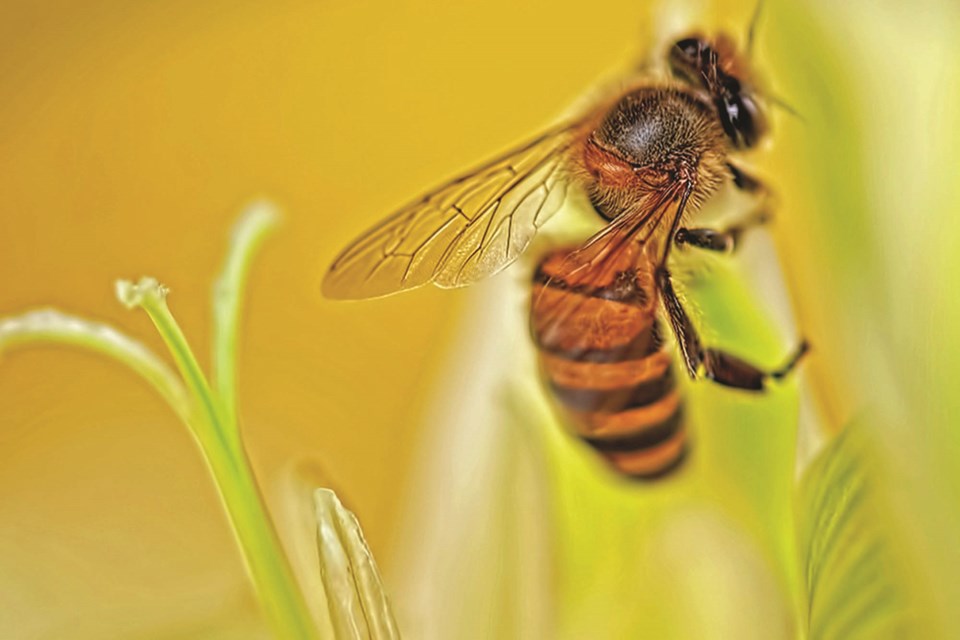Warm weather and extra hours of sunlight spark flowering trees and plants to bloom anew. This is the time of year when the air is sweet with the aroma of blossoms and the familiar hum of insects can be heard all around.
Not all "bugs" are the same this time of year. While you probably won't want ants invading your backyard grill fest, the presence of bees nearby can be a good thing — even if those curious yellow and black critters get a little close for comfort from time to time. That's because almost 90 per cent of wild plants and 75 per cent of the leading global crops depend on animal pollination, indicates the World Wildlife Federation.
Bees are remarkable creatures in small packages. The following are some bee facts to buzz about, courtesy of the WWF, Save the Bees®, NASA, and the Texas A&M University Honey Bee Information Site:
· There are roughly 20,000 species of bees around the world. Most of them are solitary bees.
· Bees have five eyes. Two of the eyes are large compound eyes with hexagonal facets. The other three are small, simple eyes.
· Honey bees have a move called the "waggle dance." It is a clever way of communicating to tell them where to go to find the best sources of food.
· Bees can carry up to 122 times their body weight in pollen and nectar.
· Bumblebees leave footprint scents behind. They can distinguish between their own scents, the scent of a relative, and the scent of a stranger as they look for food. They also can avoid flowers already visited.
· Should a queen bee perish, the hive workers will select a new young larva and feed it a special food called "royal jelly." The larva will develop into a fertile queen.
· Bees flap their wings 190 to 200 times per second. They can fly up to 24 km/h.
· Female bees can sting; males do not. Losing the stinger will cause the bee to die. The honeybee only can sting once because its stinger is barbed. Bumblebees and hornets can sting multiple times because they have smooth stingers.
· It can require nectar from two million flowers to make one pound of honey.
· Many bees are not aggressive. Simply moving away from them can prevent a person from being stung. Generally, bumblebees and honey bees will only sting by accident or if a nest is being disrupted.
· Wasps are different from bees in that they are mostly known to be predators. They eat other insects and often food that people eat, which is why wasps are more likely to be found around your cookout. Bees tend to be covered in hair, while wasps (which include yellow jackets) are smooth.


